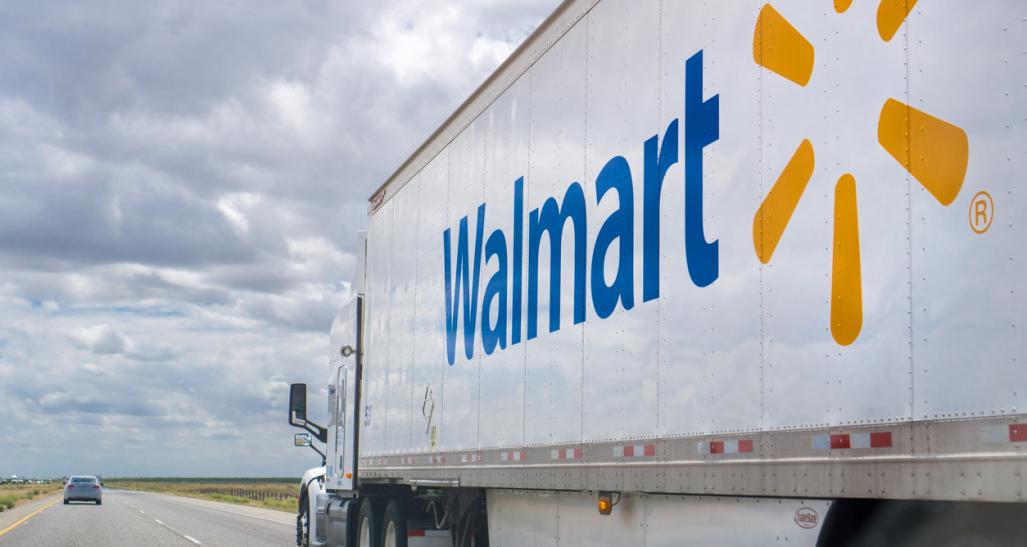
In a featured session at NRF 2021: Retail’s Big Show – Chapter 1 on January 12, Ira Kalish, Deloitte’s chief global economist, and Janey Whiteside, chief customer officer at Walmart, discussed the effects — past, present, and future — of the continuing global pandemic on consumer behavior, retailers and the overall economy.
Kalish began by noting that we’re in new and unpredictable terrain here. “In the second quarter of 2020,” he said, “we saw the sharpest decline in real GDP on record. In the third quarter, we saw the largest increase in real GDP on record.”
Deloitte’s point of view is that the economy will grow slowly in 2021, and that there will continue to be disruption in the consumer market. Assuming widespread vaccination and a consequent easing of the pandemic, there could be significant pickup in economic activity toward the end of the year — though Kalish said growth will continue to be hampered by disparities in the job market.
Learn more about how COVID-19 has impacted the consumer here.
With that, the conversation turned to Walmart. “We’ve never seen a year like this,” said Whiteside, noting an almost weekly change in product demand as the pandemic took hold, from disinfectant to board games to home schooling equipment to sewing machines to garden and household improvement materials.
Along with the near-universal explosion in online sales, Walmart experienced a huge pickup in demand for services such as pickup and delivery. “We saw five years of projected growth in pickup and delivery in five weeks,” she said.
In terms of consumer economic health, Kalish observed, we are in what he called a K-shaped recovery. The affluent are doing well: saving money, buying houses and bolstering their stock portfolios. Those at the lower end of the economic spectrum, however, are stressed and expected to stay that way as pandemic-created job losses become permanent.
Which of course has a direct bearing on Walmart’s core market. In November, about half of surveyed Walmart customers said they were worried about the economy, and 40 percent said they did not expect a speedy recovery.
Whiteside said Walmart is trying to help its customers in several ways. One is the company’s value proposition, affordability, to which it is tenaciously adhering. Another is trying to make it easier — and safer — to take care of basic household needs. “Our customers are not immune to the effect on an economic slowdown,” she said. “They need us.”
“Our customers are not immune to the effect on an economic slowdown. They need us.”
Janey Whiteside, chief customer officer at Walmart
Turning to overall corporate strategy, Kalish observed that leaders in virtually every industry he has contact with — which for Deloitte, means practically everybody — now say, “We’re not really a [mining, oil, whatever] company, we’re a data company.
“Are you a data company,” he asked Whiteside. “If so, how are you making the best use of that data to stay competitive?”
There’s no question, Whiteside responded, that the breadth of Walmart’s offerings — groceries, pharmacy, financial services — enable it to collect a great deal of data about its customers. “We can use all that data,” she said, “to understand our customers better, and to serve them better. To do that, we need to have all the right permissions. It’s a matter of trust. There has to be trust, and we have to earn that trust.”
Toward the end of the discussion, Kalish brought up the issue of balancing online shopping and being essentially a store-based company. “What must you do to retain the relevance of stores and also be the go-to-site for online shoppers,” he asked.
Part of the answer, Whiteside said, involves leveraging the stores themselves. “In the first quarter of last year,” she said, “we saw a 300 percent increase in services like pickup and delivery.”
That’s delivery from a store, not from an online distribution center. Part of Walmart’s initiative to make it easier for customers is to offer them a way to deal with those products they forgot and urgently need. “We can fulfill that order from a store,” she said. “We can’t fulfill it from an ecommerce shipping facility. Stores aren’t going anywhere.”


